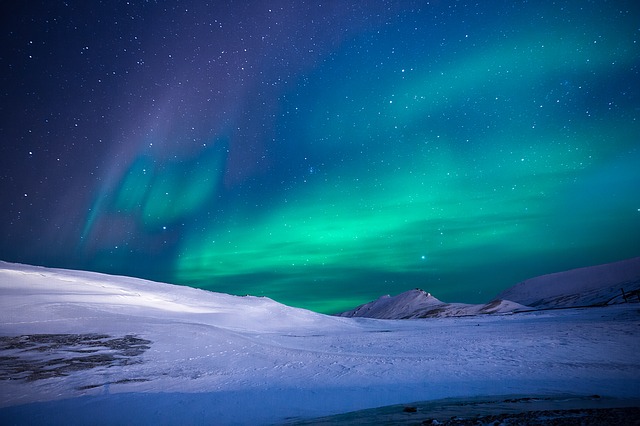

What is the aurora borealis?
The Vernal, or Spring Equinox, falls on the 20th or 21st of March, depending on the year.
Around this time of year, there is an increase in the number of occurrences of Aurora Borealis, or the Northern Lights. These are manifestations of extreme conditions and are caused by solar energy. Solar energy enters the earth’s magnetic atmosphere and disrupts the earth’s magnetic field.
The Aurora Borealis, seen above, can appear as green curtains of light across the sky. They are more frequent in Spring. But how does the sun know that Spring has arrived on earth? NASA has launched THEMIS, a mission with a team of five spacecraft, to study auroras. One geomagnetic storm that NASA observed had a total energy of five hundred thousand billion (5 x 10^14) Joules. UCLA physicist Vassilis Angelopoulos pointed out that it is nearly the same as an earthquake of 5.5 magnitude!
There is a lot still to be understood about Aurora (Borealis in the Northern Hemisphere and Australis in the Southern). Angelopoulos says that “Auroras sometimes erupt with little warning and surprising intensity. We call these events ‘sub-storms,’ and they are a big mystery.”
What has been discovered is that the magnetic connections between the sun and Earth are favoured in the Spring and that this is due to geometry. As the Earth revolves, its poles move back and forth. In Spring, the orientation is best to allow solar wind energy in and create the Aurora Borealis.
In this blog, we explain the science behind the Northern Lights and share tips on how to maximise your chances of witnessing this incredible spectacle.


